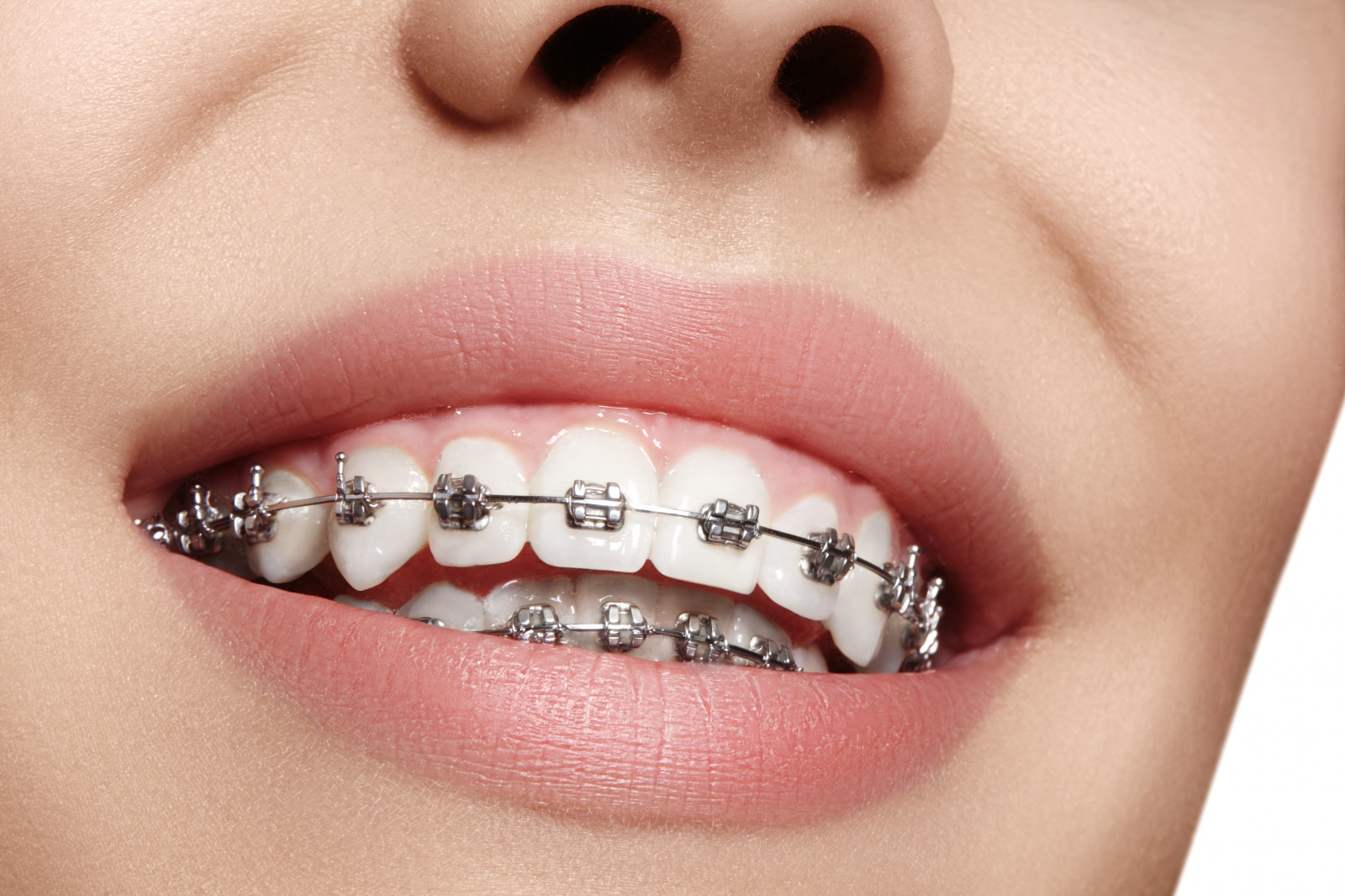The 3-Minute Rule for Causey Orthodontics
Wiki Article
Unknown Facts About Causey Orthodontics
Table of ContentsLittle Known Facts About Causey Orthodontics.The Best Strategy To Use For Causey OrthodonticsWhat Does Causey Orthodontics Mean?Not known Details About Causey Orthodontics Not known Facts About Causey Orthodontics
Neglecting occlusal partnerships, it was regular to eliminate teeth for a range of oral problems, such as malalignment or congestion. The idea of an undamaged dentition was not commonly valued in those days, making bite connections seem unimportant. In the late 1800s, the idea of occlusion was necessary for producing reputable prosthetic replacement teeth.As these principles of prosthetic occlusion progressed, it came to be an invaluable device for dentistry. It remained in 1890 that the work and effect of Dr. Edwards H. Angle began to be really felt, with his contribution to contemporary orthodontics particularly notable. Focused on prosthodontics, he educated in Pennsylvania and Minnesota before guiding his focus towards oral occlusion and the treatments required to maintain it as a typical problem, thus ending up being recognized as the "dad of contemporary orthodontics".

The concept of perfect occlusion, as postulated by Angle and incorporated right into a category system, made it possible for a change in the direction of treating malocclusion, which is any discrepancy from normal occlusion. Having a full collection of teeth on both arcs was very demanded in orthodontic therapy due to the need for specific connections in between them.
Some Known Questions About Causey Orthodontics.
As occlusion came to be the vital priority, facial proportions and looks were overlooked - cheapest orthodontist near me. To accomplish perfect occlusals without making use of external forces, Angle postulated that having best occlusion was the most effective method to obtain optimal facial aesthetics. With the death of time, it came to be rather obvious that even an extraordinary occlusion was not suitable when considered from a visual factor of viewCharles Tweed in America and Raymond Begg in Australia (who both studied under Angle) re-introduced dentistry extraction into orthodontics throughout the 1940s and 1950s so they could enhance facial esthetics while likewise making sure better stability concerning occlusal relationships. In the postwar period, cephalometric radiography begun to be made use of by orthodontists for measuring changes in tooth and jaw placement brought on by growth and therapy. It became evident that orthodontic treatment could adjust mandibular development, resulting in the development of practical jaw orthopedics in Europe and extraoral force measures in the United States. These days, both functional devices and extraoral devices are applied around the globe with the objective of changing development patterns and kinds. Pursuing real, or at least improved, jaw partnerships had become the major goal of treatment by the mid-20th century.
Not known Facts About Causey Orthodontics
 The American Journal of Orthodontics was created for this purpose in 1915; before it, there were no scientific purposes to comply with, nor any kind of specific category system and braces that lacked features. Up until the mid-1970s, dental braces were made by wrapping steel around each tooth. With developments in adhesives, it became feasible to instead bond metal braces to the teeth.
The American Journal of Orthodontics was created for this purpose in 1915; before it, there were no scientific purposes to comply with, nor any kind of specific category system and braces that lacked features. Up until the mid-1970s, dental braces were made by wrapping steel around each tooth. With developments in adhesives, it became feasible to instead bond metal braces to the teeth.This has had meaningful impacts on orthodontic treatments that are administered on a regular basis, and these are: 1. Proper interarchal partnerships 2. Proper crown angulation (pointer) 3.
The benefit of the style exists in its bracket and archwire combination, which requires only minimal cord flexing from the orthodontist or medical professional (Causey Orthodontics). It's appropriately named after this attribute: the angle of the slot and thickness of the brace base eventually identify where each tooth is located with little need for extra manipulation
Our Causey Orthodontics Ideas
Both of these systems utilized similar brackets for each tooth and required the bending of an archwire in 3 planes for situating teeth in their desired placements, with these bends dictating best positionings. When it concerns orthodontic devices, they are divided right into two types: detachable and repaired. Detachable appliances can be handled and off by the patient as called for.
Therefore, mostly all modern set home appliances can be considered variants on this edgewise home appliance system. Early 20th-century orthodontist Edward Angle made a significant contribution to the globe of dental care. He created 4 unique device systems that have actually been used as the basis for lots of orthodontic treatments today, disallowing a couple of exemptions.
How Causey Orthodontics can Save You Time, Stress, and Money.

The cord ended in a thread, and to move it onward, a flexible nut was used, which enabled an increase in area. By ligation, each private tooth was connected to this extensive archwire (best orthodontist). Because of its limited series of activity, Angle was not able to accomplish precise tooth placing with an E-arch
These tubes held a firm pin, which might be rearranged at each consultation in order to relocate them in area. Called the "bone-growing appliance", this contraption was thought to encourage healthier bone development due to its possibility for transferring pressure directly to the origins. Nevertheless, applying it showed problematic in reality.
Report this wiki page